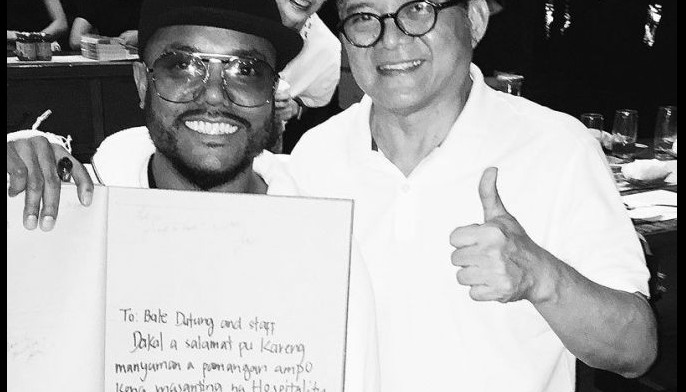Rizal-Blumentritt documents found in Czech museum
MANILA, Philippines – Philippine Ambassador to Prague, Czech Republic Regina Irene Sarmiento has confirmed to The STAR the existence of a collection of documents – including original correspondence between Dr. Jose Rizal and Ferdinand Blumentritt and sketches by Juan Luna – in the South Bohemian Museum in Ceske Budejovice, 98 kilometers north of Prague in the Czech Republic.
Museum curator Helena Stejskalova told Ambassador Sarmiento that the collection was turned over to the museum by one of the sons of Blumentritt.
According to a report in Munting Nayon, an online news magazine based in The Netherlands, last June 7 two American experts, Samuel Bernal and Richard Branders, security adviser for Czech Republic and Poland, were accompanied by commander of the Knights of Rizal-Prague chapter Noubikko to the museum to evaluate the findings. They were shown “pages upon pages of personal letters of Rizal, archives of unpublished manuscripts, portraits and paintings all of which are extremely important documents about the Rizal-Blumentritt relationship and the Philippines,” said the report, written by Issak Sangre.
Bernal said the collection was “amazing,” and Branders said it would definitely interest international Rizal scholars and experts. Stejskalova said the collection “is enough to build another museum.”
The collection was reportedly presented to the media and to scholars and researchers by Stephan Klococka, deputy commander of the Knights of Rizal in Prague, last June 23.
The collection also allegedly includes five paintings of Juan Luna valued at $8 million, but Ambassador Sarmiento told The STAR in a letter through Philippine Ambassador to Germany Delia Domingo-Albert that the embassy was not aware of the existence of these paintings, but that curator Stejskalova still has to inventory and catalog the items in the collection.
The Philippine embassy in Prague, through the Department of Foreign Affairs, has informed the National Historical Institute of the collection, as well as the South Bohemian Museum’s request for funding and assistance to catalog and digitize the collection, which Noubikko said could be “one of the most important historical discoveries in modern times.”
The collection, according to the report, is contained in four boxes “protected in vaults and had survived two world wars, 41-year Communist regime and 21 years under the Soviet Union.”
- Latest



























